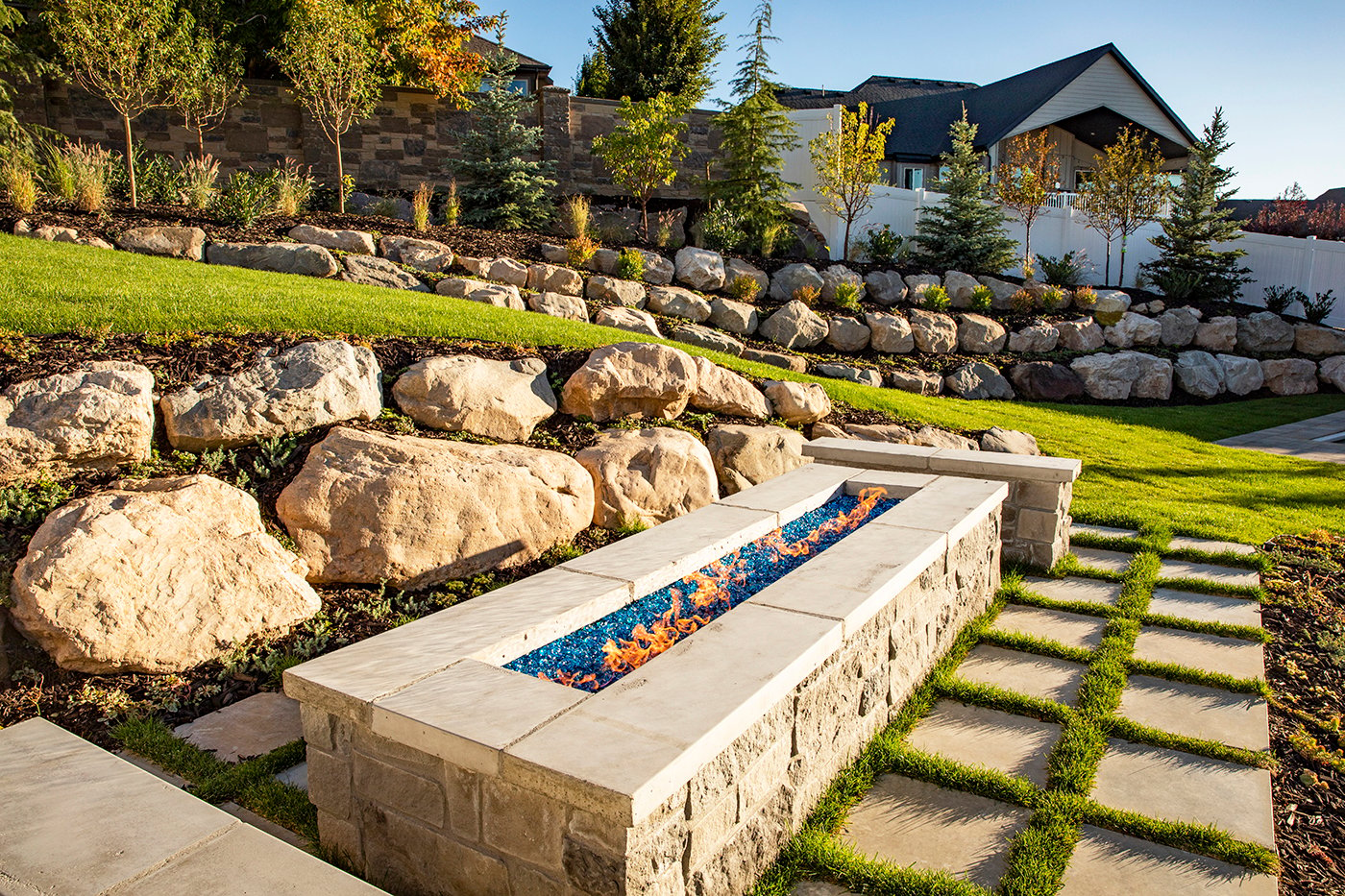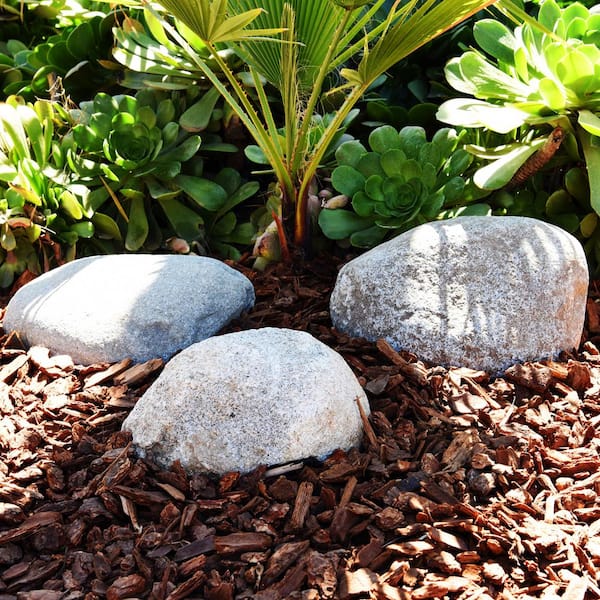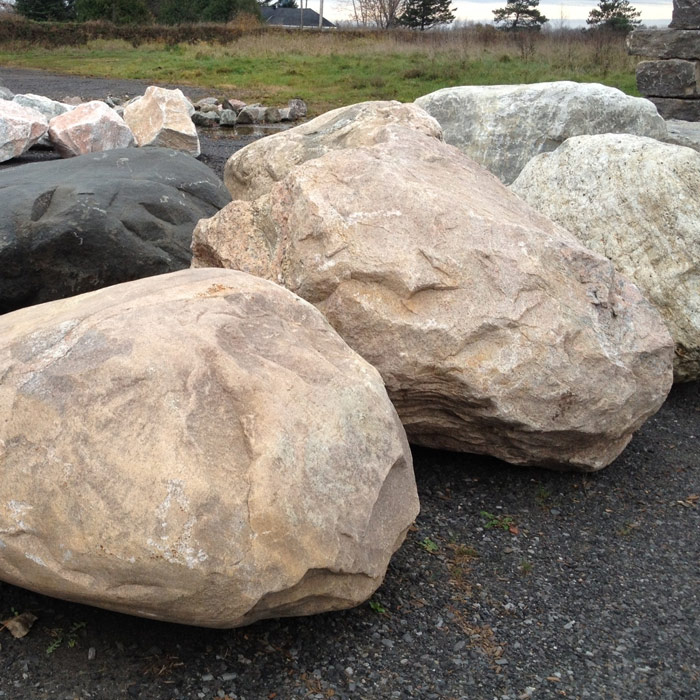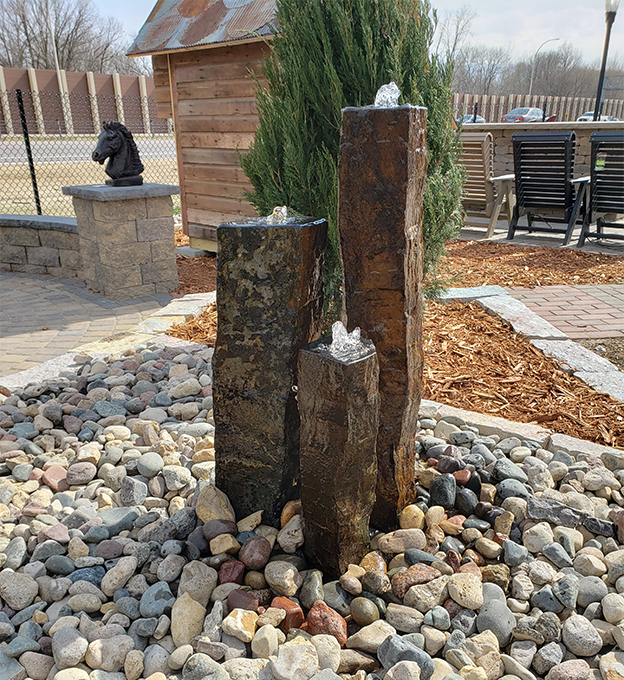In my quest to create the perfect outdoor oasis, I discovered the transformative power of large decorative stones. These eye-catching features not only enhance the aesthetic appeal of a landscape but also serve practical purposes. Whether you’re looking to create a peaceful Zen garden, a vibrant flower bed, or a stylish path, large decorative stones can do it all. In this article, we’ll explore different types of decorative stones, their benefits, and how to effectively incorporate them into your landscaping design.
Understanding Large Decorative Stones
Large decorative stones, also known as landscape rocks or boulders, are sizable elements used in landscaping to add a natural touch and enhance the visual appeal of outdoor spaces. They come in various shapes, sizes, textures, and colors, making them versatile for different design aesthetics.
The Importance of Landscaping Stones
- Visual Appeal: Large stones act as focal points and can significantly increase the beauty of a garden or yard.
- Functionality: They can be used for practical purposes, such as creating pathways, edging flower beds, or controlling soil erosion.
- Low Maintenance: Unlike traditional plants, stones require minimal upkeep, making them a practical choice for busy individuals.

Types of Large Decorative Stones
When choosing large decorative stones, it’s essential to understand the different types available, as each offers unique benefits and visual characteristics.

1. Natural Stone
Natural stones are harvested from quarries and come in various shapes and sizes. They provide an organic look that blends well with outdoor environments.



Pros and Cons
| Pros | Cons |
|---|---|
| Durable and long-lasting | Can be expensive |
| Eco-friendly | Heavy and challenging to move |

2. Lava Rock
Lava rocks have a unique texture and rich red color, making them ideal for creating striking visual contrasts in gardens.
Pros and Cons
| Pros | Cons |
|---|---|
| Lightweight and easy to handle | Can be more fragile |
| Pores help retain moisture | Limited color options |

3. River Rock
River rocks are smooth, rounded stones often found in streams and rivers. They are available in various sizes and colors, making them perfect for decorative purposes.
Pros and Cons
| Pros | Cons |
|---|---|
| Easy to clean and maintain | Can be costly depending on size |
| Natural, polished look | May need occasional replacement |
4. Slate Stone
Slate is a metamorphic rock that can be split into thin layers, giving it a unique appearance. It comes in a range of colors, including gray, blue, black, and green.
Pros and Cons
| Pros | Cons |
|---|---|
| Versatile and stylish | Can be slippery when wet |
| Good for pathways and patios | More expensive than other stones |
How to Use Large Decorative Stones in Landscaping
Once you’ve selected the right decorative stones for your landscaping project, consider the following ideas for incorporating them into your outdoor space:
1. Create Pathways
Using large stones to form a pathway can add structure and lead the eye through your garden or yard. By placing larger stones at strategic intervals, you can create a natural-looking path.
2. Build Retaining Walls
Large stones can be stacked to create effective retaining walls. This not only helps prevent soil erosion but also gives your landscape a polished look.
3. Enhance Flower Beds
Line the edges of flower beds with decorative stones to create a clean border. This will help define the space and keep soil from spilling into the walking areas.
4. Construct Water Features
Large stones can be used to enhance the visual appeal of water features such as ponds or fountains, making them look more natural and cohesive with the surrounding environment.
Factors to Consider When Choosing Decorative Stones
Selecting the right decorative stones for your landscaping project requires careful consideration. Here are some factors to keep in mind:
1. Size and Weight
Consider the location where the stones will be used. Larger, heavier stones may require a truck and equipment to move, while smaller stones can be managed easily by hand.
2. Color and Texture
Choose stones that complement your existing landscape design, plants, and outdoor furniture. The color and texture of the stones should harmonize with the overall aesthetic.
3. Purpose
Decide what role the stones will play in your landscape. Are they decorative, functional, or both? This will guide your selection process.
4. Budget
Large decorative stones can vary widely in price. Set a budget that considers the quantity and type of stone you plan to use.
Maintenance Tips for Large Decorative Stones
While decorative stones are relatively low maintenance, there are a few steps you can take to ensure they remain attractive and functional:
1. Regular Cleaning
Remove any debris, dirt, or algae that may accumulate on the stones. A simple rinse with a hose can do wonders.
2. Replace Broken Stones
Inspect your stones periodically for any damage. Replacing broken stones not only maintains the aesthetics but also prevents safety hazards.
DIY Ideas for Using Large Decorative Stones
If you’re feeling creative, here are a few DIY projects you can try:
1. Stone Planters
Use hollowed-out stones as unique planters. Fill them with soil and your favorite flowers for a whimsical touch.
2. Garden Bench
Create a rustic garden bench by pairing large, flat stones with wooden planks. It’s a great way to add seating to your outdoor space.
FAQs about Large Decorative Stones for Landscaping
1. What are the best types of large decorative stones for landscaping?
The best types include natural stone, lava rock, river rock, and slate, depending on the desired aesthetic and function.
2. How much do large decorative stones cost?
The price can vary widely based on the type, size, and quantity of stones, ranging from $100 to $500 per ton.
3. Can I use decorative stones in a drought-resistant garden?
Absolutely! Large decorative stones can help retain moisture in the soil and reduce the need for watering.
4. How do I install large decorative stones in my garden?
Start by preparing the area (clearing and leveling the ground). Lay down a landscape fabric to prevent weeds, then place the stones according to your design.
5. Are large decorative stones eco-friendly?
Yes, natural stones are eco-friendly as they require no processing and can last indefinitely with minimal maintenance.
Conclusion: Transform Your Landscape with Large Decorative Stones
Incorporating large decorative stones into your landscaping design can be a game-changer. They add beauty, functionality, and character to any outdoor space. With the right selection and placement, you can create a stunning oasis that reflects your personal style. Embrace the power of stones and transform your garden into a breathtaking retreat!